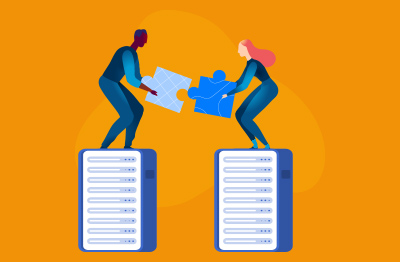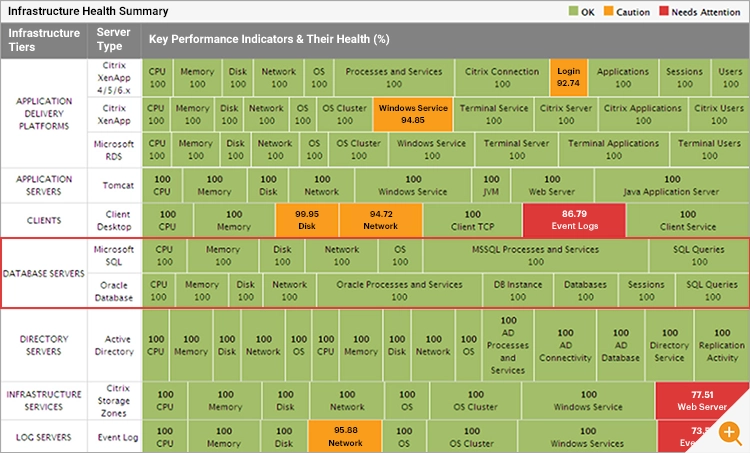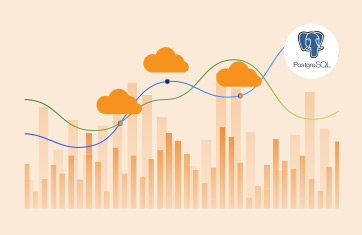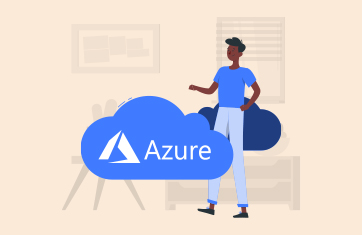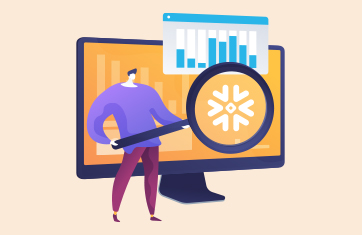One area where communication breakdowns commonly occur is between helpdesk / IT teams / SREs and database administrators (DBAs), especially when troubleshooting application problems associated with databases. Smooth communication between different teams is key to resolving application performance issues efficiently and speedily. However, it is usually inappropriate for helpdesk staff to have access to the database monitoring privileges and tools used by DB administrators.
In this article, I will explore the challenges faced by both parties and discuss strategies to enhance troubleshooting and collaboration for smoother issue resolution and shorter MTTRs (Mean Time to Respond / Resolve). I will also cover how helpdesk and other teams can be given good visibility on database issues without compromising security.
Challenge 1. Speaking Different Languages
Helpdesk and IT teams often operate on the application layer, dealing with end-users and troubleshooting issues from a user perspective or in terms of IT infrastructure resources. On the other hand, database administrators work at the backend, managing data, optimizing queries, and ensuring database performance. The disparity in their roles often leads to miscommunication and misunderstandings. Helpdesk and IT teams often use different terminology and jargon to Database Administrators, leading to misunderstandings and miscommunication.
Solutions: Establish a common ground for communication by organizing cross-training sessions. Helpdesk and IT teams can gain a basic understanding of database concepts, and DBAs can familiarize themselves with application workflows. Providing a common monitoring tool to all stakeholders is a highly effective way to improve collaboration, teams can collaborate using a common console with consistent terminology, familiar to all.
Challenge 2. Lack of Documentation
Incomplete or outdated documentation is a common challenge when it comes to troubleshooting application-database integration issues. Helpdesk and IT teams may struggle to provide DBAs with relevant information, leading to delayed problem resolution. Indeed, in many modern microservice architectures such as those using containers, auto-scale technologies may mean a dynamic ephemeral infrastructure placing demands on databases.
Solutions: Some organizations aspire to a comprehensive documentation system that includes details about application configurations, components that depend on the databases, database schemas, and any recent changes. In practice this type of documentation usually has gaps and inaccuracies and rapidly diverges from reality over time. You can leverage auto-discovery features and topology mapping in monitoring tools to ensure dependencies are understood and up to date. Monitoring tools with change and configuration tracking are also particularly useful.
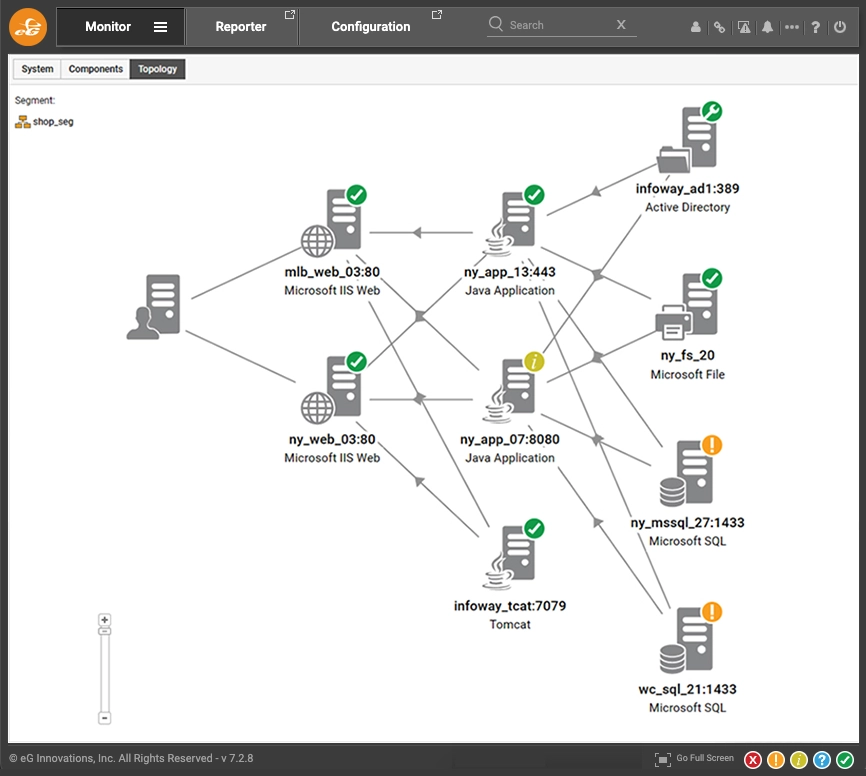
Challenge 3. Limited Contextual Understanding and Silos in Information Sharing
Understanding the intricacies of an application issue involves more than just technical know-how; it requires a deep contextual understanding. Helpdesk/IT teams may lack the necessary insights into the database architecture, making it challenging to convey the full scope of an issue to database administrators. Whilst DBAs may lack awareness of end-user concerns and workflows.
Solutions: Unified monitoring tools provide a centralized platform for both Helpdesk and DBAs to access real-time data on system performance, user issues, and database health. This shared visibility promotes collaboration and quick issue resolution. Tools which provide simple overviews and topology maps to understand the connections and dependencies between technologies can be particularly useful.
Challenge 4. Assumptions and Blame Game
When an application problem arises, there may be a tendency for both helpdesk/IT teams and DBAs to make assumptions about the root cause. This can lead to a blame game, hindering collaboration and delaying issue resolution. Database administrators become frustrated when issues that are not caused by their databases are incorrectly routed to them by helpdesk staff. Likewise, helpdesk staff are frequently frustrated when database teams fail to appreciate their lack of available data to correctly identify which component is at fault.
Solutions: Using a common monitoring tool with automated root-cause analysis features and detailed diagnostics to avoid the blame game. It is essential to have observability that identifies the root-cause of application issues correctly. Helpdesk teams particularly just need tools that identify when it is a database problem and when it isn’t.
Challenge 5. Differing Priorities and Time Constraints
IT helpdesk teams often focus on immediate user issues, while database administrators prioritize the stability and performance of the overall database infrastructure. This divergence in priorities and time constraints can lead to misaligned expectations and difficulties in coordinating problem resolution. The helpdesk team’s primary focus is to resolve end user issues as rapidly as possible and provide end users with good customer care, often including insightful updates. Database admins often do not have such a direct understanding of customer pain and how problems are impacting users or the extent of how many users are affected.
Solutions: Giving DBAs access to the same user experience metrics and dashboards that the helpdesk teams have access to, can help encourage DBAs to prioritize resolving user pain points. Good observability tools also allow management and database teams to set and monitor KPIs so that resolving database issues becomes a visible priority within the organization.
Summary
Helpdesk and IT teams often use specific monitoring tools for applications, while DBAs rely on database-specific tools. Bridging the gap between these tools can be challenging, making it difficult to correlate issues and identify the root cause. For security reasons, it is usually inappropriate for helpdesk staff to have access to the database monitoring privileges and tools used by DB administrators.
By investing in integrated monitoring and observability solutions that provide a holistic view of both application and database performance. Ensure that teams are trained in using these tools collaboratively to streamline the troubleshooting process. Choosing tools with built-in help, designed to be used with minimal training by non-specialists rather than domain experts is particularly important when looking to improve helpdesk workflows.
eG Enterprise is an Observability solution for Modern IT. Monitor digital workspaces,
web applications, SaaS services, cloud and containers from a single pane of glass.
Related Information
- Empowering IT Help Desks with IT Service Monitoring
- Service and Help Desk Automation Strategies
- To learn more about eG Enterprise’s Observability for Databases, please see: Database Monitoring


